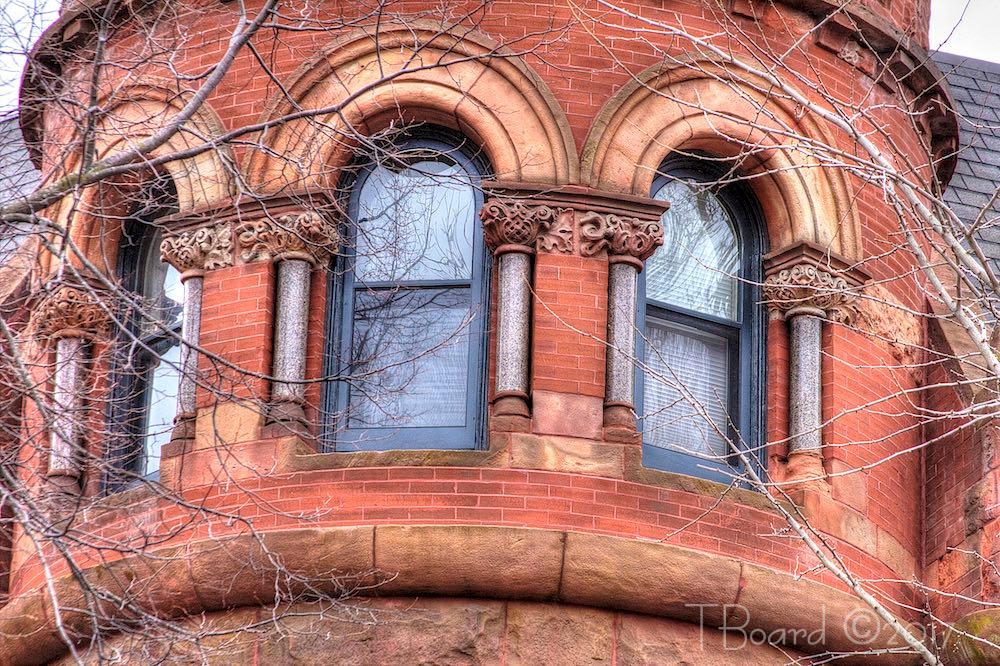$460 dollars a month for association dues, you have to be kidding! No, I am not kidding and it looks like a bargain to me, especially in an older building.
I took the dues for a condo in my own neighborhood that is about the same size and age as our home and compared the association dues to our monthly expenses.
The $460 monthly dues cover Heating, hazard insurance, water, sewer, refuse removal, lawn care, snow removal and exterior maintenance. Our costs for a similar size home are $363 a month for heating, insurance, sewer, water and refuse removal, leaving $97 a month for exterior maintenance, snow removal, and lawn care.
I don’t even have to factor in the cost of lawn care and snow removal to see that the dues are a bargain. Our exterior maintenance costs spread out over the length of time we have owned our home easily come out to more than $100 dollars a month.
If I factor in the cost of the roof repair we needed, the gutters we had to add to keep the basement dry, the siding we replaced, and the porch we had rebuilt the total monthly exterior maintenance costs for our home are easily more than $100 a month, without including the cost of plants, landscaping work or the labor costs associated with lawn care and snow removal. Not to mention the cost of owning and maintaining both a lawn mower and a snow blower.
There is an advantage to paying for exterior maintenance on a monthly basis. When we need a major repair we need to come up with a major amount of cash all at one time. Before buying a condo or townhouse, especially a unit in an older building make sure that the association has some reserves so that you don’t have to come up with a large sum of money for repairs.
When buying an older home or any home at all keep in mind that things wear out or even break and budget some reserves for emergency repairs. Before deciding that association dues are too high compare look at what the dues are paying for.





